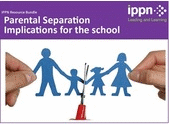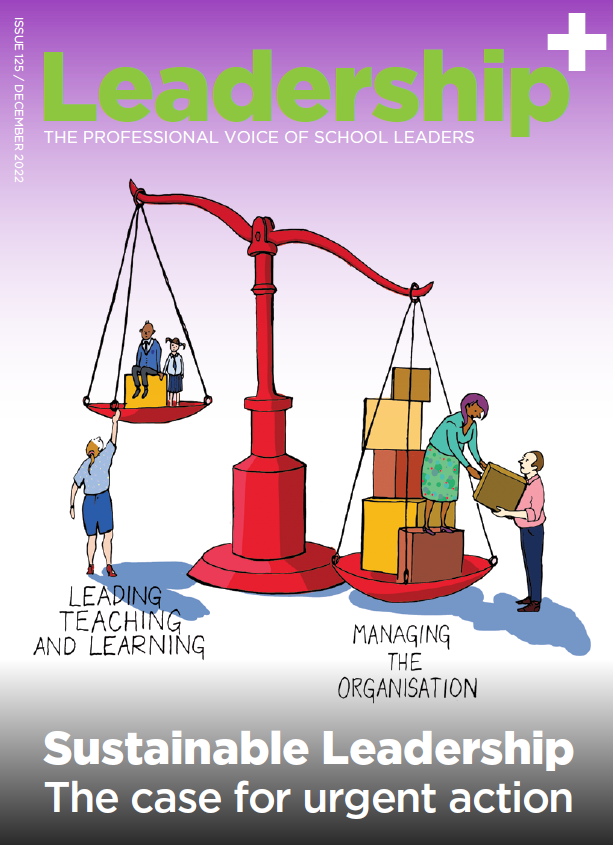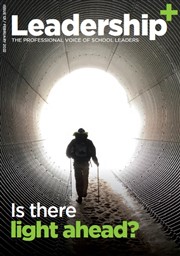Romania Seeks EU Standard Childcare
- Published: 14 July 2005
In the last of a series of articles on children's institutions in Romania, Kate McGeown looks at the country's current childcare provision, as it prepares to join the EU.
In a specially-built complex near the Romanian city of Bacau, trained staff look after a small group of children, amid brightly painted walls and state-of-the-art equipment.
The facilities are easily as good as those in Western Europe - which is just as well, because they need to be if Romania is going to be successful in its attempt to join the European Union in January 2007.
Childcare in Romania has certainly come a long way since Nicolae Ceausescu's rule, when rows of malnourished babies stared listlessly from cots. But questions remain as to whether the country has made the Herculean leap necessary to satisfy the demands of EU membership.
The current government's strategy is opposite to that of Ceausescu's regime - it wants to get as many children as possible out of the big institutions.
 Romania's modern alternatives to institutionalised care Romania's modern alternatives to institutionalised care |
"We started from the premise that each child should be in an environment which is as close as possible to a real family," said Bogdan Panait, secretary of state for children's rights.
Almost all the large Ceausescu-era institutions have now been closed down, in favour of alternatives such as foster care, adoption and small state-run homes.
When the Gardani institution, near the city of Baia Mare, closed down, 16-year-old Adi moved to a smaller family-type unit, which houses nine teenagers and a full-time member of staff.
"In the beginning it took me a while to adjust, but now I love it," he said. "We have hot running water and plenty of food. I feel so much safer here, and the staff are really nice."
"We're accepted in the community now - we're not 'those kids from the orphanage'."
Going back home
The ideal scenario, according to the new thinking, is for children to go back to live with their parents.
As in Ceausescu's era, only a tiny minority of children in state care - currently estimated at just 3% - are there because they have no living relatives.
Under the old system, two-year-old Andre would undoubtedly have grown up in an institution. When he was born, his mother, aged only 13, was not in a position to look after him.
CHILDREN IN STATE CARE  1 - Foster care (15,682) 2 - Extended family (26,928) 3 - With other persons (6,094) 4 - About to be adopted (1,225) 5 - Still in institutions (32,974) 1 - Foster care (15,682) 2 - Extended family (26,928) 3 - With other persons (6,094) 4 - About to be adopted (1,225) 5 - Still in institutions (32,974) |
But when his institution closed down, the local authorities - together with a charity called the Community Support Foundation - facilitated his return home.
"It's fantastic now he's back," said Andre's grandmother Maria. "When his mother comes back from school every day, he jumps into her arms."
In fact orphanage closure programmes and family reintegration schemes have been so successful that there are now only 33,000 children in institutionalised care, compared to 80,000 in 1997.
While few people would argue against the closures, some say they have happened too fast - satisfying EU requirements but not always satisfying the best interests of the children concerned.
"It became a competition to see which regions could close the most institutions," said Stefan Darabus, the national director of Hope and Homes for Children, an organisation which advises the government on its closure programme.
"Some children were reintegrated into a family before it was properly thought out," he said.
Old attitudes
The improvements to Romanian childcare did not come about overnight. In fact for years after Ceausescu's downfall in 1989, nothing much happened at all.
 Bogdan Panait, secretary of state for children's rights Have your say |
Changes in 1997 and 2000 improved conditions somewhat, and another legal framework was introduced at the beginning of this year.
"The legislation is good, almost better than any in Europe, but what matters is what happens in practice," said Jonathan Schelle, the head of the EU commission delegation to Romania.
According to Mr Schelle, there are still a few problems left to sort out - notably a lack of training and the occasional evidence of old Ceausescu-era attitudes.
In the institutions due to close, there have been reports of staff telling children that life outside will be worse, in order to safeguard their own jobs.
And Silvia Boeriu, head of Save the Children Romania, said: "There are still nursery staff who encourage women to give up their children. An estimated 9,000 children are still abandoned every year."
 |
Another aspect of concern is the care of disabled young adults, many of whom are still living in institutions. Mr Schelle admitted that an improvement in their welfare "needs to be done quite urgently".
But despite these problems, Romania has undoubtedly revolutionised its childcare facilities in recent years.
Mr Panait, the man charged with ensuring it stays that way, said there was "still a long way to go", but added that "the days of many children living in one bed, with bad food, and each with the same haircut - those days don't exist any more". Click here to access the article on the BBC News website



















































